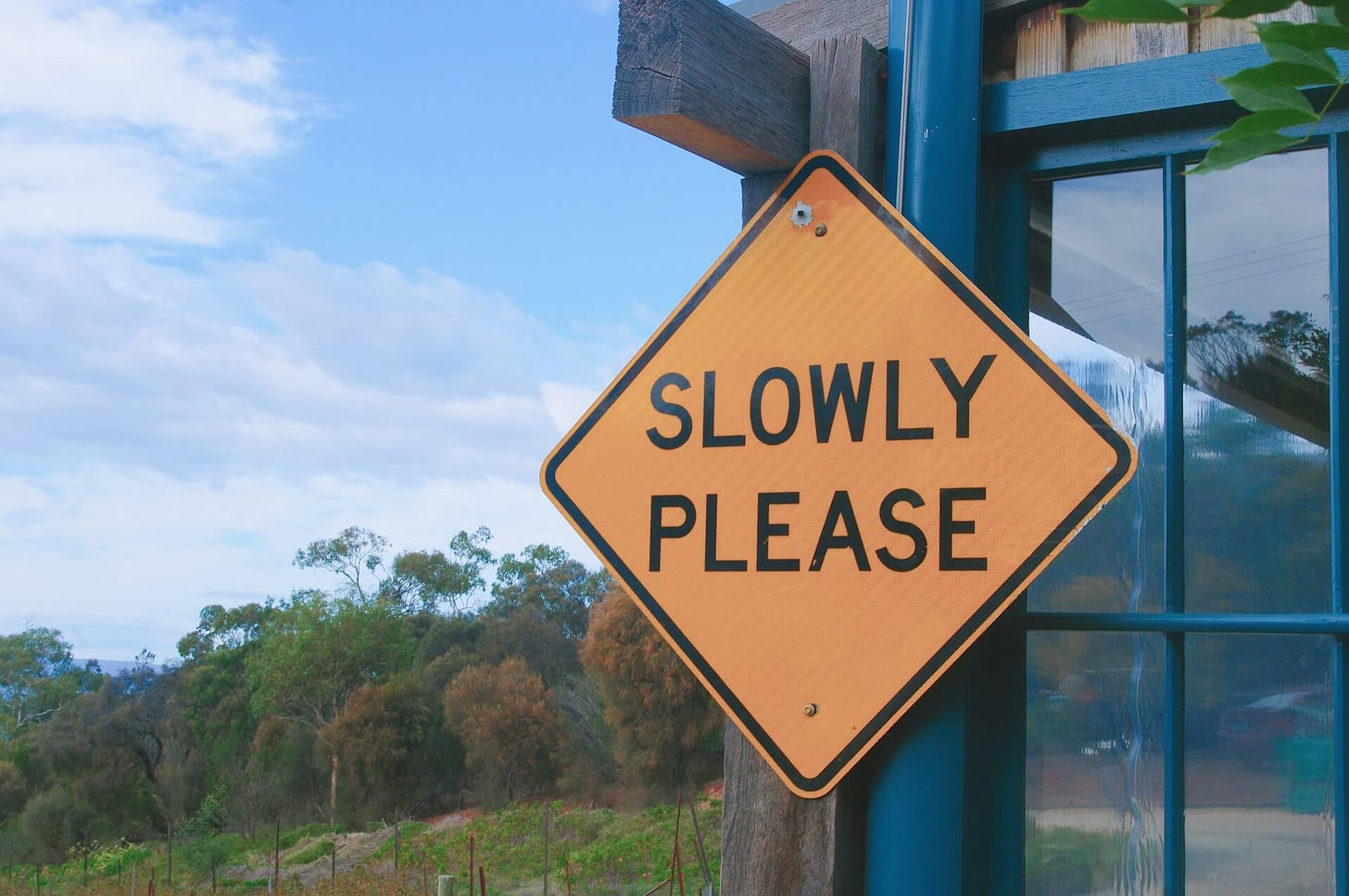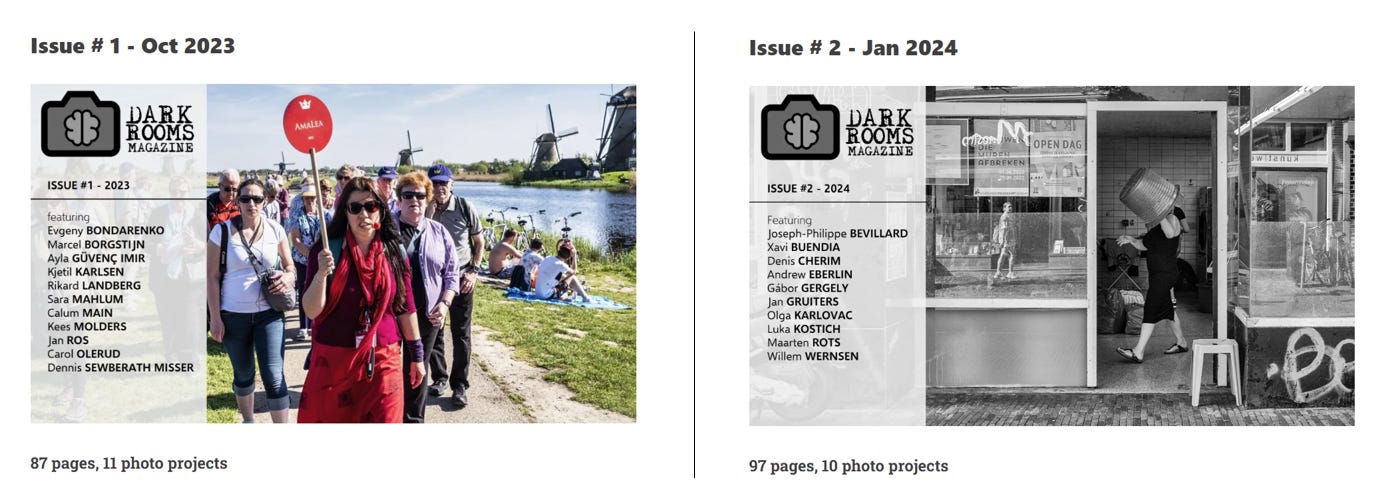Social media always reminds me of those horrible T-shirts with those awful lyrics that your parents used to bring back from holidays.
It works the same way with social media:
"They went to [place] and all we got is this lousy photo"
Better make memories IRL. Want to know what I experienced? Ask me and I'll tell you over a drink.
We now see more images in a day than someone in the 20th century saw in their entire life
This absurd increase is largely due to the digitalisation of photography and the omnipresence of screens in our daily lives.
At the beginning of the 20th century, seeing photographs was a relatively rare event. Photographs were mainly printed in newspapers, magazines and books and were often used for documentary or artistic purposes. People did not have the easy access to photographs that we have today.
In modern times, with the rise of smartphones, social media and the internet in general, photographs are all around us. People scroll through their social media feeds, read online news articles, communicate through photo-based platforms such as Instagram and Snapchat, and take photos themselves with their smartphones. As a result, people are constantly exposed to a huge amount of imagery, which means they see far more photos every day than they did in their entire lives.
These changes have also affected the way we communicate, our perception of the world and even our ability to process information. We have become much more visually oriented and images play an important role in our daily interactions and experiences.
Our attention span is now only a few seconds
Our attention span is now only a few seconds. If we are not quickly entertained, we scroll on to the next thrill. Our busy lives, but even more so social media, have slowly ingrained this behaviour in us. A behaviour that seems almost ineradicable when we look at how Gen-Z interact with social media. Almost all traditional models have become obsolete overnight and will have to adapt to the new reality in order to survive.
The same goes for photography. Where people used to go to exhibitions and buy photo books, you can see that this is declining because of the huge amount of images we can 'consume' on a daily basis anyway. Fortunately, there are still enough people, and I think more and more of them, who are attracted to looking at images in a quieter way. Not just single images, but series and projects that photographers have worked on with care. Moreover, the stories behind these projects are becoming increasingly important and provide context for what we see.
So I urge everyone to visit (photo) exhibitions more often, buy a nice photo book that you can browse through at home whenever you want. Or read more magazines. This was the main reason for me to start a magazine. Not just pretty pictures, but the narrative around them. A magazine where you take your time to absorb the images and essays. Where you go back to the text after seeing the photos.
If you haven't read the previous issues of Darkrooms Magazine, you can find them on this page. They are free to read, should you wish to download them I ask for a small contribution to support the time and energy I put into these magazines:
"Free to read, fund to support"
Darkrooms Magazine - the Photostack Edition
coming soon!
Speaking of magazines... the third issue will be released next week. This is a special issue as it is entirely filled with photographers writing about photography here on Substack. A whopping 22 photographers in total!
Help get people looking at beautiful photographic work again, and share Darkrooms with your photographer friends so they too can have this magazine in their mailbox next week. Here is a sneak peak of the cover:
That’s it for this newsletter.
Till next time,
DARKROOMS is a reader-supported, weekly photography newsletter. If you enjoy this newsletter, the best way to help it grow and support me is by becoming a free subscriber to receive new posts (or upgrade to support my work)









I read your article in 4 seconds :D
Can’t wait to see the next edition, Marcel!